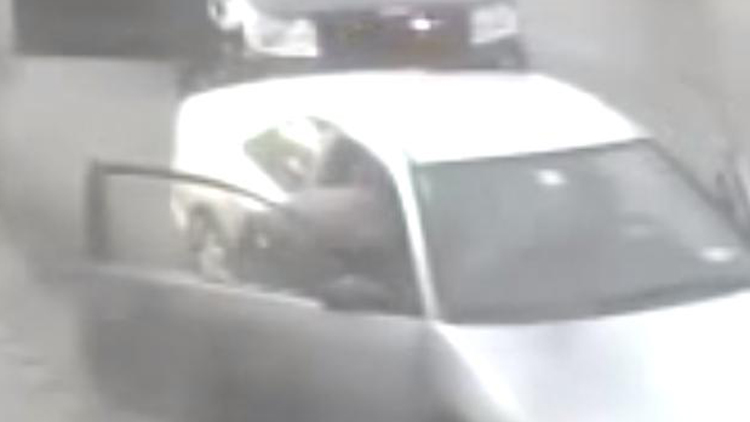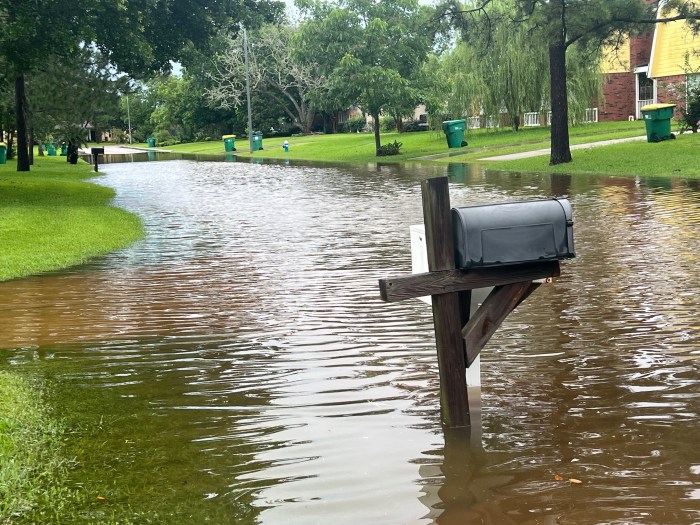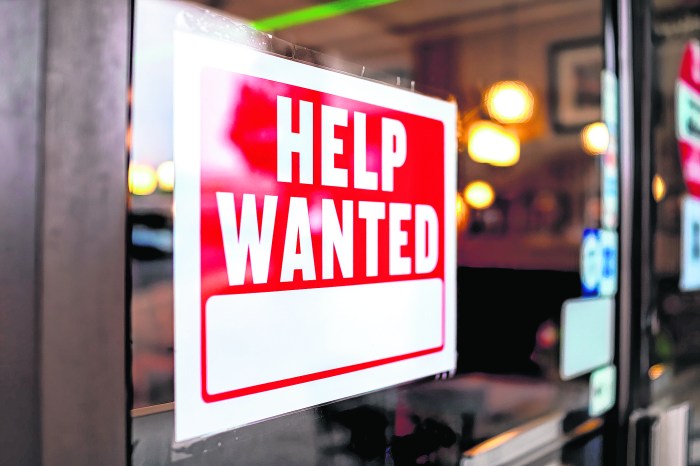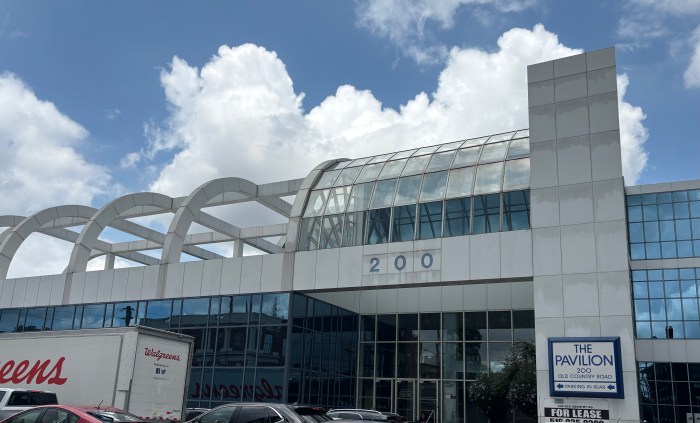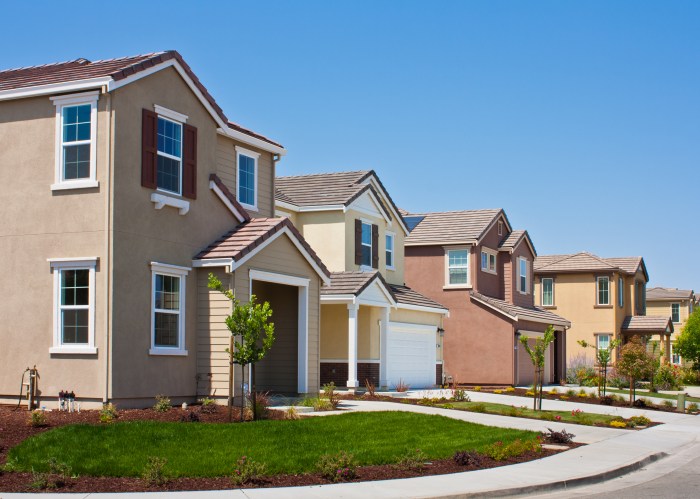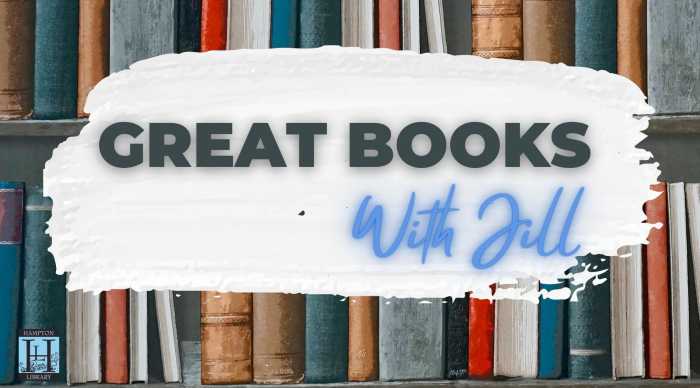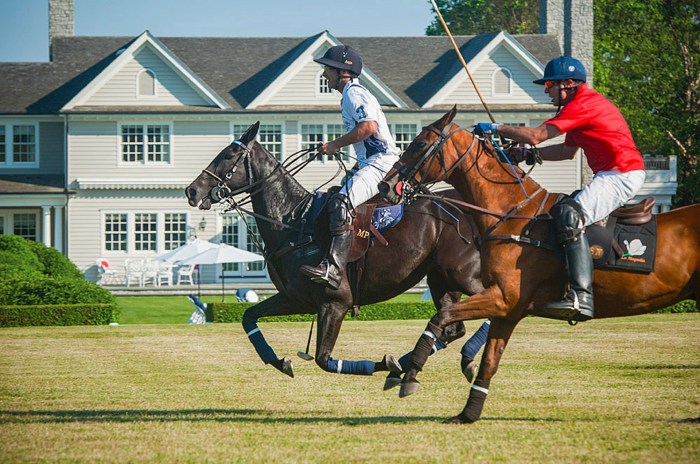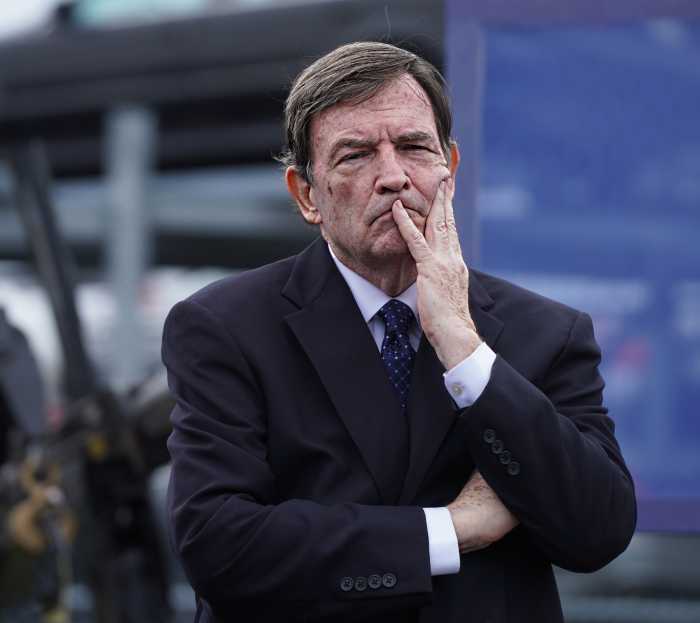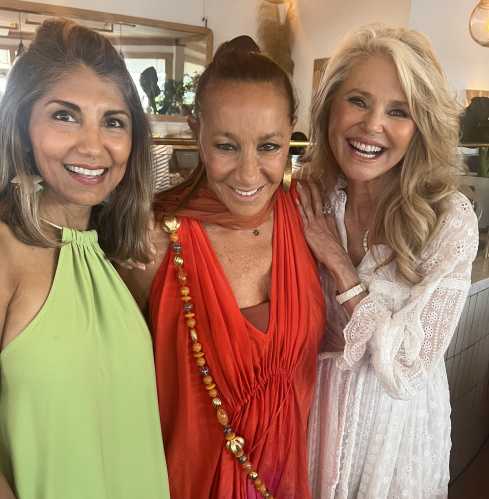This story was co-published with Politico Magazine.
Last July 4, my family and I went to Long Island to celebrate the holiday with a friend and her family. After eating some barbecue, a group of us decided to take a walk along the ocean. The mood on the beach that day was festive. Music from a nearby party pulsed through the haze of sizzling meat. Lovers strolled hand in hand. Giggling children chased each other along the boardwalk.
Most of the foot traffic was heading in one direction, but then two teenage girls came toward us, moving stiffly against the flow, both of them looking nervously to their right. “He’s got a gun,” one of them said in a low voice.
I turned my gaze to follow theirs, and was clasping my 4-year-old daughter’s hand when a young man extended his arm and fired off multiple shots along the busy street running parallel to the boardwalk. Snatching my daughter up into my arms, I joined the throng of screaming revelers running away from the gunfire and toward the water.
The shots stopped as quickly as they had started. The man disappeared between some buildings. Chest heaving, hands shaking, I tried to calm my crying daughter, while my husband, friends and I all looked at one another in breathless disbelief. I turned to check on Hunter, a high school intern from Oregon who was staying with my family for a few weeks, but she was on the phone.
“Someone was just shooting on the beach,” she said, between gulps of air, to the person on the line.
Unable to imagine whom she would be calling at that moment, I asked her, somewhat indignantly, if she couldn’t have waited until we got to safety before calling her mom.
“No,” she said. “I am talking to the police.”
My friends and I locked eyes in stunned silence. Between the four adults, we hold six degrees. Three of us are journalists. And not one of us had thought to call the police. We had not even considered it.
We also are all black. And without realizing it, in that moment, each of us had made a set of calculations, an instantaneous weighing of the pros and cons.
As far as we could tell, no one had been hurt. The shooter was long gone, and we had seen the back of him for only a second or two. On the other hand, calling the police posed considerable risks. It carried the very real possibility of inviting disrespect, even physical harm. We had seen witnesses treated like suspects, and knew how quickly black people calling the police for help could wind up cuffed in the back of a squad car. Some of us knew of black professionals who’d had guns drawn on them for no reason.
This was before Michael Brown. Before police killed John Crawford III for carrying a BB gun in a Wal-Mart or shot down 12-year-old Tamir Rice in a Cleveland park. Before Akai Gurley was killed by an officer while walking in a dark staircase and before Eric Garner was choked to death upon suspicion of selling “loosies.” Without yet knowing those names, we all could go down a list of unarmed black people killed by law enforcement.
We feared what could happen if police came rushing into a group of people who, by virtue of our skin color, might be mistaken for suspects.
For those of you reading this who may not be black, or perhaps Latino, this is my chance to tell you that a substantial portion of your fellow citizens in the United States of America have little expectation of being treated fairly by the law or receiving justice. It’s possible this will come as a surprise to you. But to a very real extent, you have grown up in a different country than I have.
As Khalil Gibran Muhammad, author of The Condemnation of Blackness, puts it, “White people, by and large, do not know what it is like to be occupied by a police force. They don’t understand it because it is not the type of policing they experience. Because they are treated like individuals, they believe that if I am not breaking the law, I will never be abused.'”
We are not criminals because we are black. Nor are we somehow the only people in America who don’t want to live in safe neighborhoods. Yet many of us cannot fundamentally trust the people who are charged with keeping us and our communities safe.
As protest and revolt swept across the Missouri suburb of Ferguson and demonstrators staged die-ins and blocked highways and boulevards from Oakland to New York with chants of “Black lives matter,” many white Americans seemed shocked by the gaping divide between law enforcement and the black communities they are supposed to serve. It was no surprise to us. For black Americans, policing is “the most enduring aspect of the struggle for civil rights,” says Muhammad, a historian and director of the Schomburg Center for Research in Black Culture in New York. “It has always been the mechanism for racial surveillance and control.”
In the South, police once did the dirty work of enforcing the racial caste system. The Ku Klux Klan and law enforcement were often indistinguishable. Black-and-white photographs of the era memorialize the way Southern police sicced German shepherds on civil rights protesters and peeled the skin off black children with the force of water hoses. Lawmen were also involved or implicated in untold numbers of beatings, killings and disappearances of black Southerners who forgot their place.
In the North, police worked to protect white spaces by containing and controlling the rising black population that had been propelled into the industrial belt during the Great Migration. It was not unusual for Northern police to join white mobs as they attacked black homeowners attempting to move into white neighborhoods, or black workers trying to take jobs reserved for white laborers. And yet they strictly enforced vagrancy laws, catch-alls that gave them wide discretion to stop, question and arrest black citizens at will.
Much has changed since then. Much has not.
Last Fourth of July, in a few short minutes as we adults watched the teenager among us talking to the police, we saw Hunter become a little more like us, her faith a little shaken, her place in the world a little less stable. Hunter, who is biracial and lives with her white mother in a heavily white area, had not been exposed to the policing many black Americans face. She was about to be.
On the phone, she could offer only the most generic of suspect descriptions, which apparently made the officer on the other end of the line suspicious. By way of explanation, Hunter told the officer she was just 16. The police called her back: once, twice, then three times, asking her for more information. The interactions began to feel menacing. “I’m not from here,” Hunter said. “I’ve told you everything I know.”
The fourth time the police called, she looked frightened. Her interrogator asked her, “Are you really trying to be helpful, or were you involved in this?” She turned to us, her voice aquiver. “Are they going to come get me?”
“See,” one of us said, trying to lighten the mood. “That’s why we don’t call them.”
We all laughed, but it was hollow.
My friend Carla Murphy and I have talked about that day several times since then. We’ve turned it over in our minds and wondered whether, with the benefit of hindsight, we should have called 911.
Carla wasn’t born in the United States. She came here when she was 9, and back in her native Barbados, she didn’t give police much thought. That changed when she moved into heavily black Jamaica, Queens.
Carla said she constantly saw police, often white, stopping and harassing passersby, almost always black. “You see the cops all the time, but they do not speak to you. You see them talking to each other, but the only time you ever see them interact with someone is if they are jacking them up,” she said. “They are making a choice, and it says they don’t care about you, it tells you they are not here for your people or people who look like you.”
Carla herself was arrested at a young age because she was present when her cousin pushed through a subway turnstile without paying. The teenagers were cuffed, thrown in a paddy wagon, booked and held overnight. At 15, Carla, then a student at The Dalton School, a prestigious private academy in Manhattan, had an arrest record.
That experience, along with many others, informed Carla’s decision on July 4.
“I am a responsible adult, but I really can’t see having a different reaction. Isn’t that weird?” she told me. “By calling the police, you are inviting this big system that, frankly, doesn’t like you into your life. Sometimes you call and it is not the help that comes.”
“So, no, I wouldn’t call the police,” she said. “Which is sad, because I want to be a good citizen.”
I moved to the historic Bedford-Stuyvesant neighborhood of Brooklyn in 2011. Before then, I had been living in Portland, Oregon, and when I chose my new home in the gritty big city, it was partly because it was only a block away from a police precinct. That proximity made me feel safer. I figured crime would be less common with so many police nearby. Inadvertently, however, I also picked a prime target area of the city’s stop-and-frisk program, a system of policing that caught so many innocent black and brown men in its dragnet that a federal judge found it unconstitutional in 2013.
My block is fairly typical of Bed-Stuy. My neighbors, until recently, were all black and included everyone from laborers to college professors. Both immaculately kept brownstones and boarded-up townhouses line my street. We have block meetings and a community garden. Police are a constant presence, speeding down the street to the precinct or walking the beat. Sometimes, I escort my daughter to the store underneath police watchtowers with tinted windows that pop up around the neighborhood with no warning, then disappear just as suddenly, their entire existence ambiguous yet alarming. I have witnessed from my window, countless times, police stopping someone, usually a young man, who is walking down the street. These men are often searched and questioned as they go to the bodega or head home from work or school.
A few months ago, a police officer approached my neighbor as he was leaving the bodega and began questioning him. My neighbor is quiet and respectful, but he also is poor and transient. He tends to look disheveled, but the worst thing I’ve seen him do is drink beer on the stoop.
When he asked why he was being stopped, the police grabbed him and threw him to the ground. As someone recorded the incident on a cellphone, police shot my neighbor with a Taser gun and then arrested him.
He was never told why the police had stopped him. The only thing they charged him with was resisting arrest. But this arrest cost him his job and a fine he will struggle to pay. If he doesn’t pay, a judge will issue a bench warrant, and instead of preventing crime, the police will have created a criminal.
Across the street and a few doors down from me, my neighbor Guthrie Ramsey has his own story. Guthrie was born in Chicago and grew up in a family that did not emphasize the obstacles their children would face. “I was socialized to believe that the police were our friends,” he said.
Yet one night, some years ago, while driving his teenage son to a soccer game, Guthrie was pulled over by police. Within minutes, he and his son were sprawled on the ground, with guns drawn on them. The police believed Guthrie fit the description of a suspect. Guthrie, a short, easy-going guy with a contagious laugh, managed to point the police to his University of Pennsylvania faculty ID. That’s right: He’s an Ivy League professor. And a noted musician.
“It was so frightening. It was humiliating. You get so humiliated that it’s hard to even get to the anger,” he told me. “You just don’t get to experience interactions with the police as a garden-variety circumstance.”
These types of stories in black communities are so ubiquitous as to be unremarkable. If my husband is running very late and I cannot get hold of him, my mind does not immediately go to foul play. I wonder if he’s been detained.
This fear is not unjustified. Young black men today are 21 times more likely to be shot and killed by police than young white men. Still, it’s not that black Americans expect to die every time they encounter the police. Police killings are just the worst manifestations of countless slights and indignities that build until there’s an explosion.
Since 1935, nearly every so-called race riot in the United States, and there have been more than 100, has been sparked by a police incident, Muhammad says. This can be an act of brutality, or a senseless killing. But the underlying causes run much deeper. Police, because they interact with black communities every day, are often seen as the face of larger systems of inequality in the justice system, employment, education and housing.
In the months since Ferguson, Missouri, many pundits have asserted that black Americans deserve this type of policing, that it is a consequence of their being more likely to be both the perpetrators and victims of violent crime.
“White police officers wouldn’t be there if you weren’t killing each other,” former New York Mayor Rudy Giuliani argued on Meet the Press as the nation awaited the grand jury decision in the Michael Brown shooting. It should be noted that Giuliani oversaw the NYPD during two of the most notorious cases of police brutality in recent memory, the sodomy of Abner Louima and the death of Amadou Diallo, who was unarmed, in a hail of 41 bullets. Both were black men.
What Giuliani was saying, in essence, is that law-abiding citizens deserve to be treated with suspicion because they share racial traits with the tiny number among them who commit crimes.
Black communities want a good relationship with law enforcement because they want their families and property to be safe. After all, it is true that black communities often face higher rates of crime; in 2013, more than 50 percent of murder victims across the country were black, though only 13 percent of the total population is. But it’s also true that crime reduction efforts by black people in black communities have contributed to the recent, historic drop in crime across the country.
So why are black Americans still so often denied the same kind of smart policing that typically occurs in white communities, where police seem fully capable of discerning between law-abiding citizens and those committing crimes, and between crimes like turnstile-jumping and those that need serious intervention?
“You can be protected and served,” Muhammad says. “It happens every day in communities across America. It happens all the time in white communities where crime is happening.”
During the height of the “Black Lives Matter” protests, a mentally ill man shot and killed two police officers a few blocks from my home. I lay up that night thinking about those two men and their families. No one wants to see people killed. Not by police, not by anyone. The next morning, my husband and I took food and flowers to the grim brick precinct right around the corner from us that the officers were working out of when they were killed.
The officer at the front desk did not greet us when we came in. And he looked genuinely surprised by our offering, his face softening as he told us we didn’t have to do this, but thank you. That people who should be allies somehow felt like adversaries troubled me.
The next day, I drove by the precinct on my way to the store. It had been cordoned off with metal barricades. Two helmeted officers stood sentry out front, gripping big black assault rifles, and watching. The message felt clear.
They weren’t standing out there to protect the neighborhood. They were there to protect themselves from us.
Related coverage: For more of Nikole Hannah-Jones’ work on race and inequality in the nation’s schools and neighborhoods, see School Segregation, the Continuing Tragedy of Ferguson.
ProPublica is a Pulitzer Prize-winning investigative newsroom. Sign up for their newsletter.




